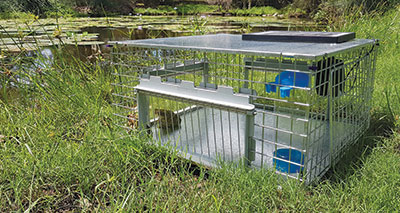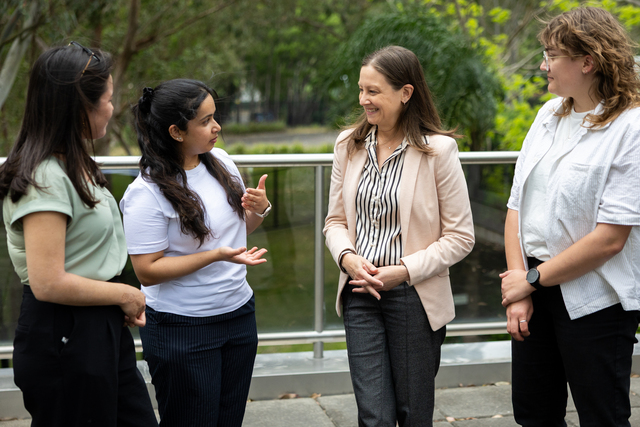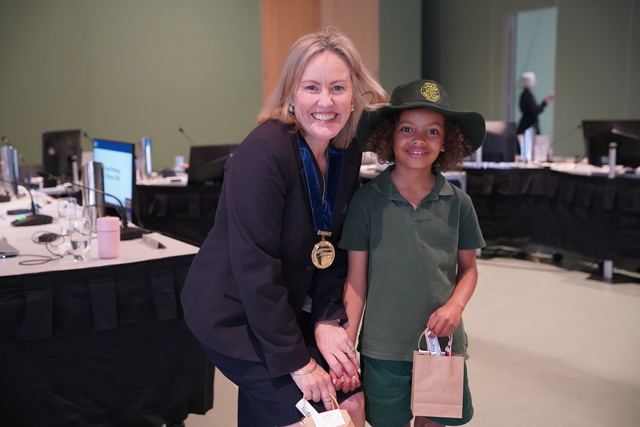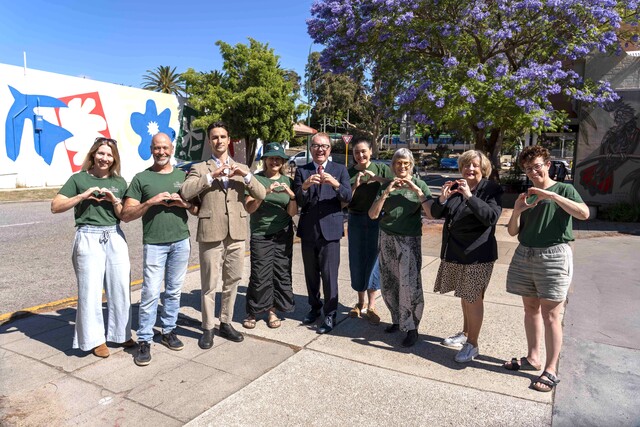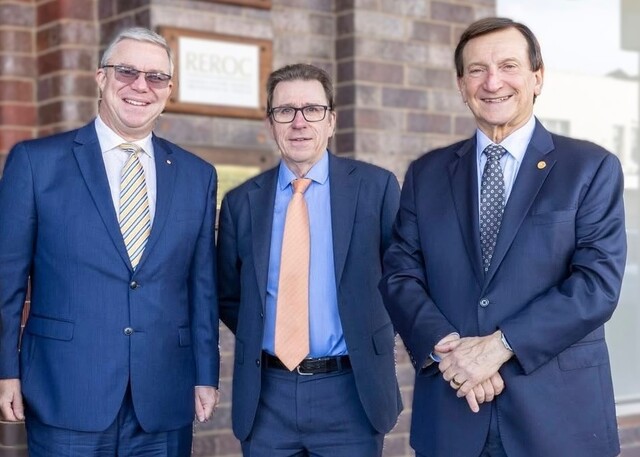Redland City Council, Queensland, will trial two advanced cane-toad management systems as part of its integrated control program for the pests.
The trial, which supports work being done through Council’s Environmental Partnership Program, will involve using Toadinator traps to capture adult females before they breed, as well as funnel traps baited with a newly developed product irresistible to cane toad tadpoles.
Mayor, Karen Williams said the first step in managing cane toad numbers focussed on working with landowners through Council’s Environmental Partnership Program to thickly vegetate around water bodies as a barrier to potential breeding sites.
“We are also about to begin a trial of a small number of Toadinator cane toad traps, which are designed to attract and catch adult female cane toads which can then be removed and disposed of humanely.
“The traps, which allow cane toads to enter but not exit, have a solar-powered light to attract insects and a cane toad caller to call in the females.”
The third part to the control approach uses funnel traps baited with tablets which attract cane toad tadpoles.
Research and tests by Australian Control Technologies (Australia) working with James Cook University show this approach to have a much bigger impact on cane toad numbers than catching cane toads and tadpoles individually, Mayor Williams said.
“Council has recently partnered with the University of Queensland’s Cane Toad Challenge project to obtain access to this new technological advancement in toad control.
“The university identified the cane toads’ own toxin could be used to attract cane toad tadpoles and then created a bait called Bufo Tabs, which draw them in large numbers.
“The traps are placed in shallow water where cane toad tadpoles congregate, with one tablet able to attract hundreds to thousands of tadpoles in just a few hours, should they be prevalent in those numbers.”
Mayor Williams said it was hoped the trials would lead to the wider adoption of new systems to tackle the 0.5 percent of individual cane toads that survived to reproduce
after hatching.

